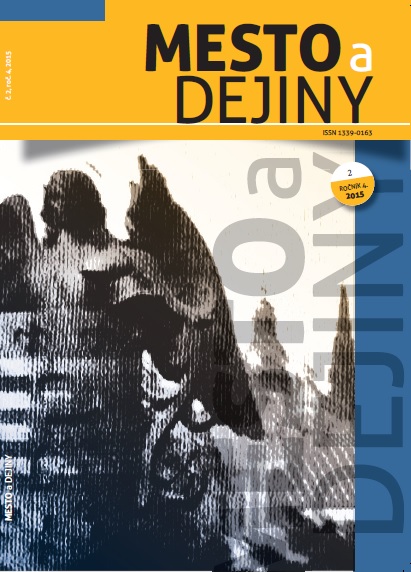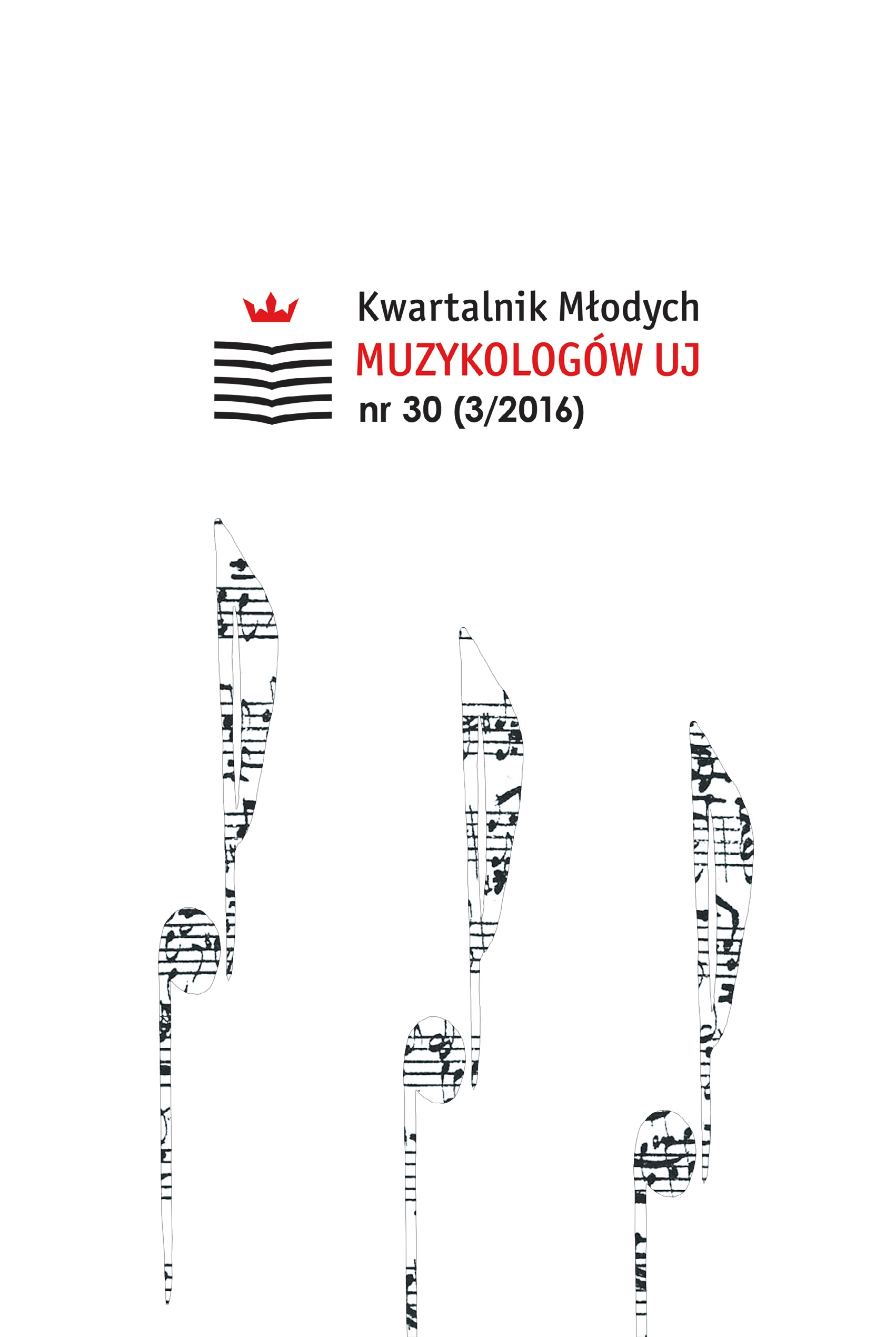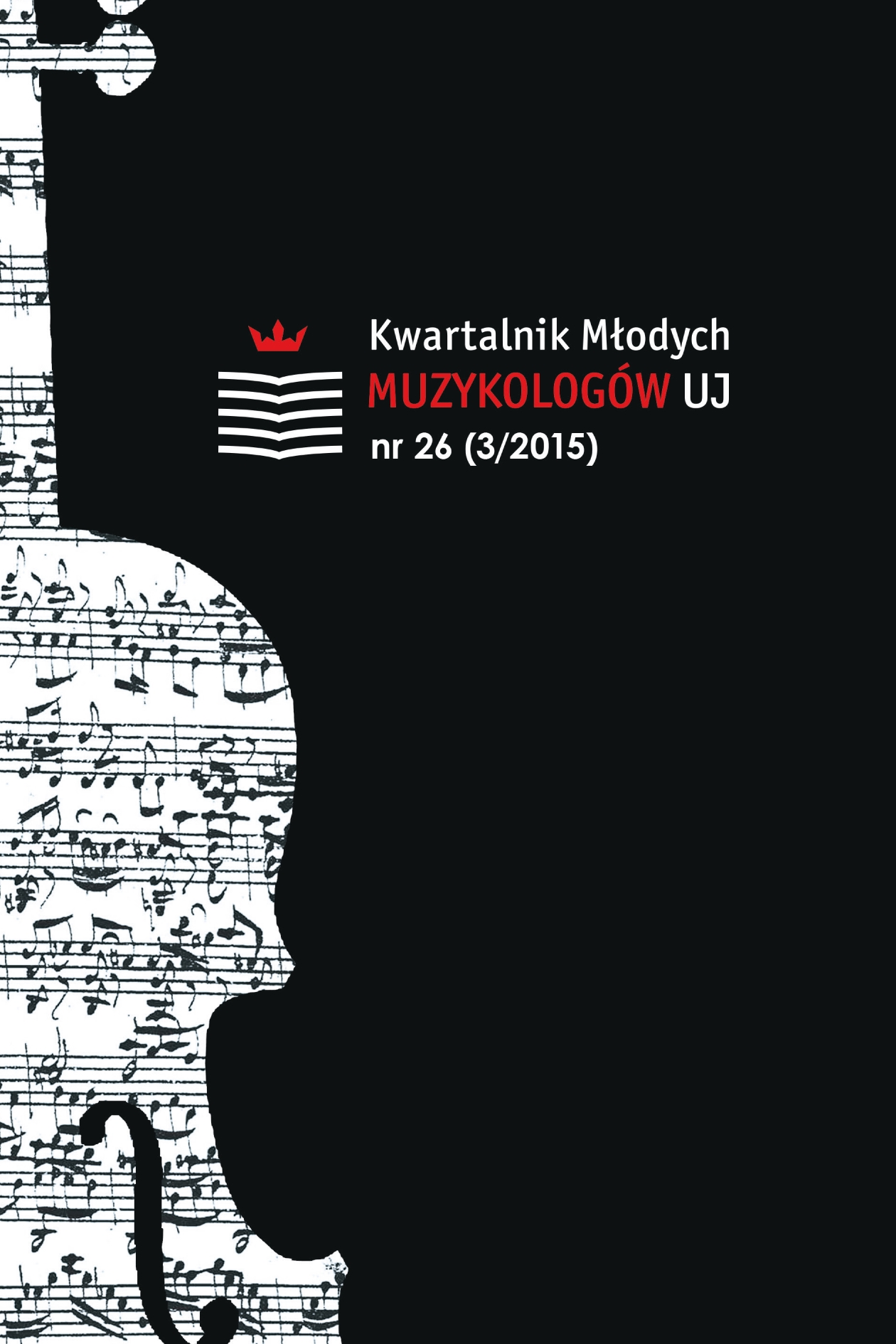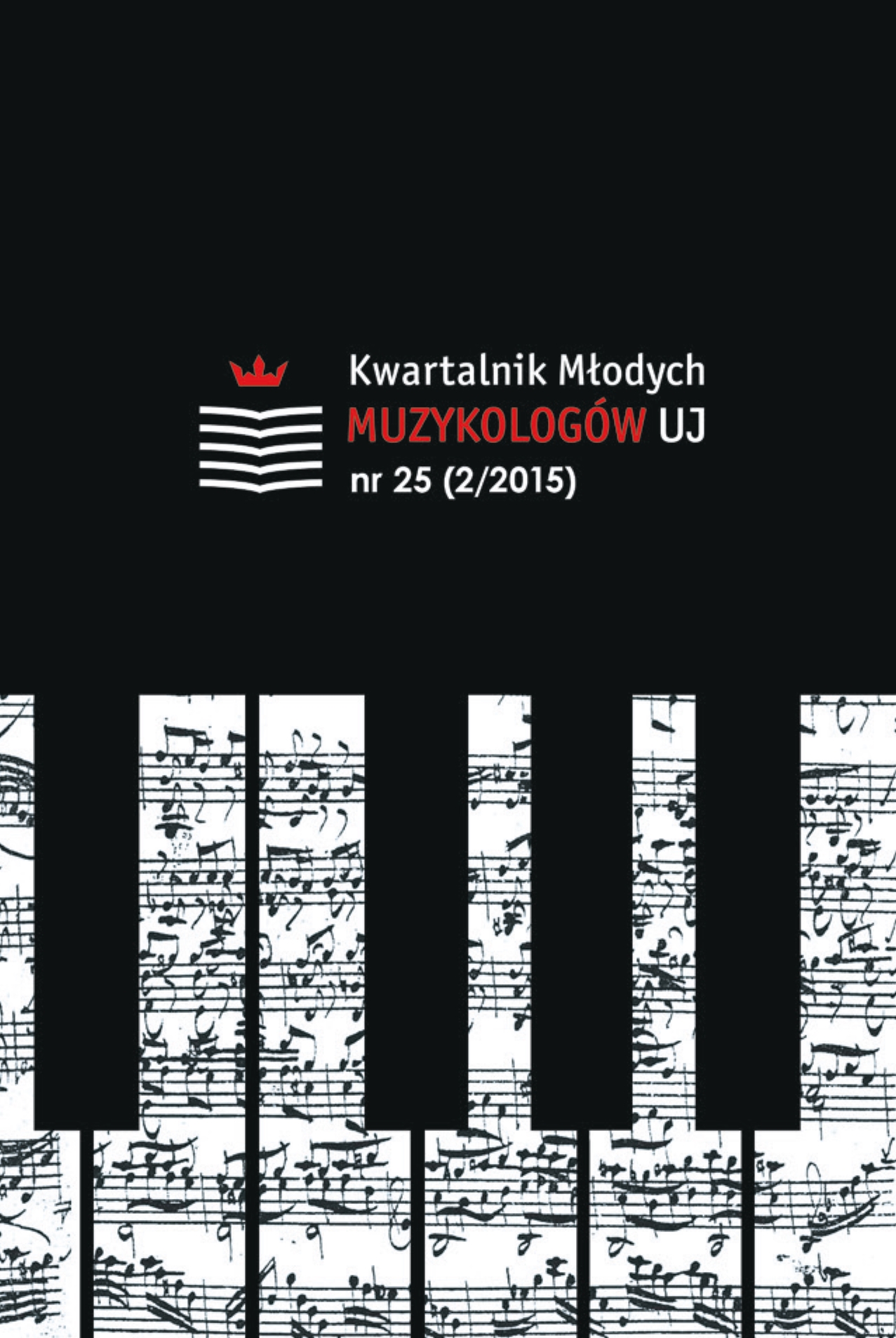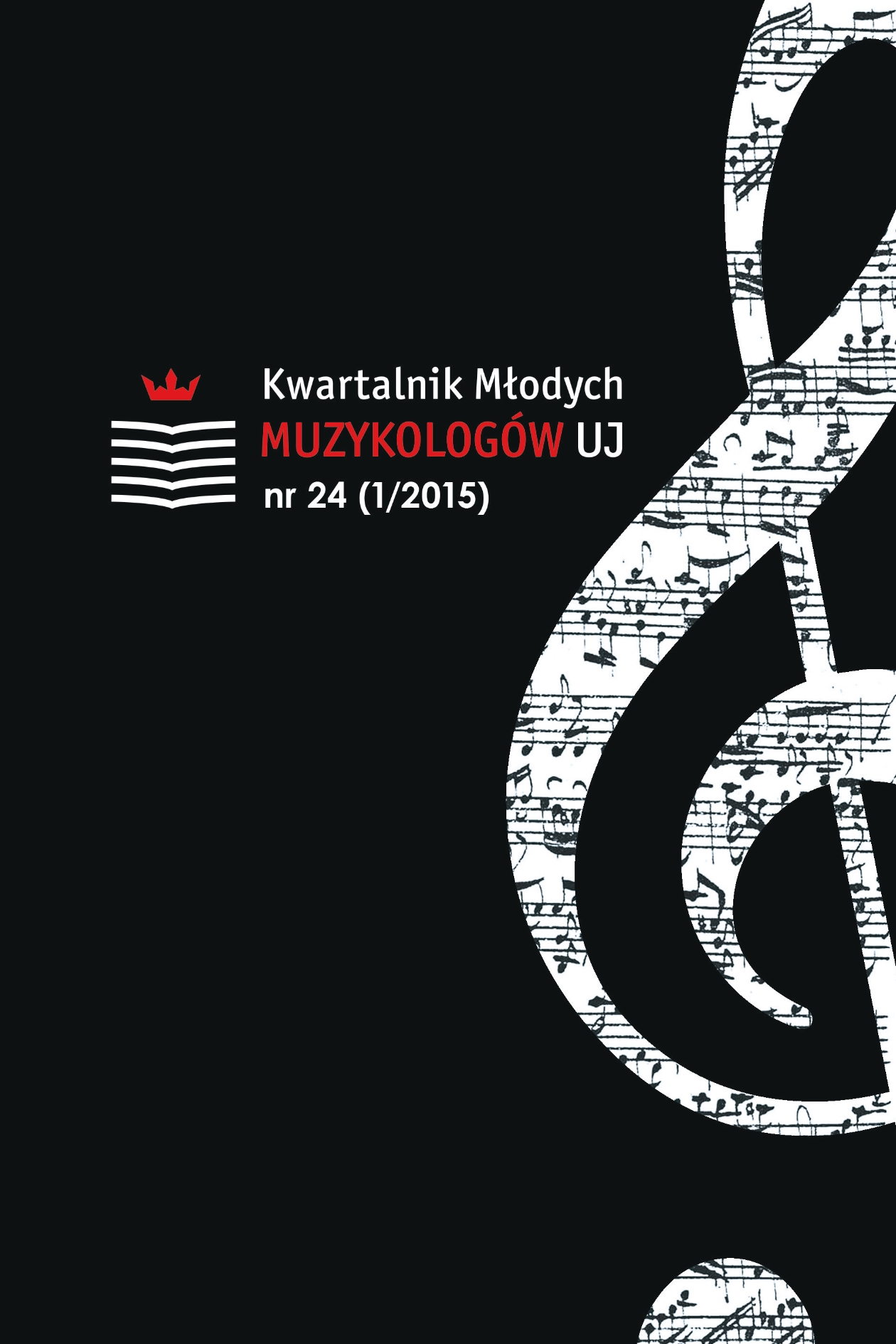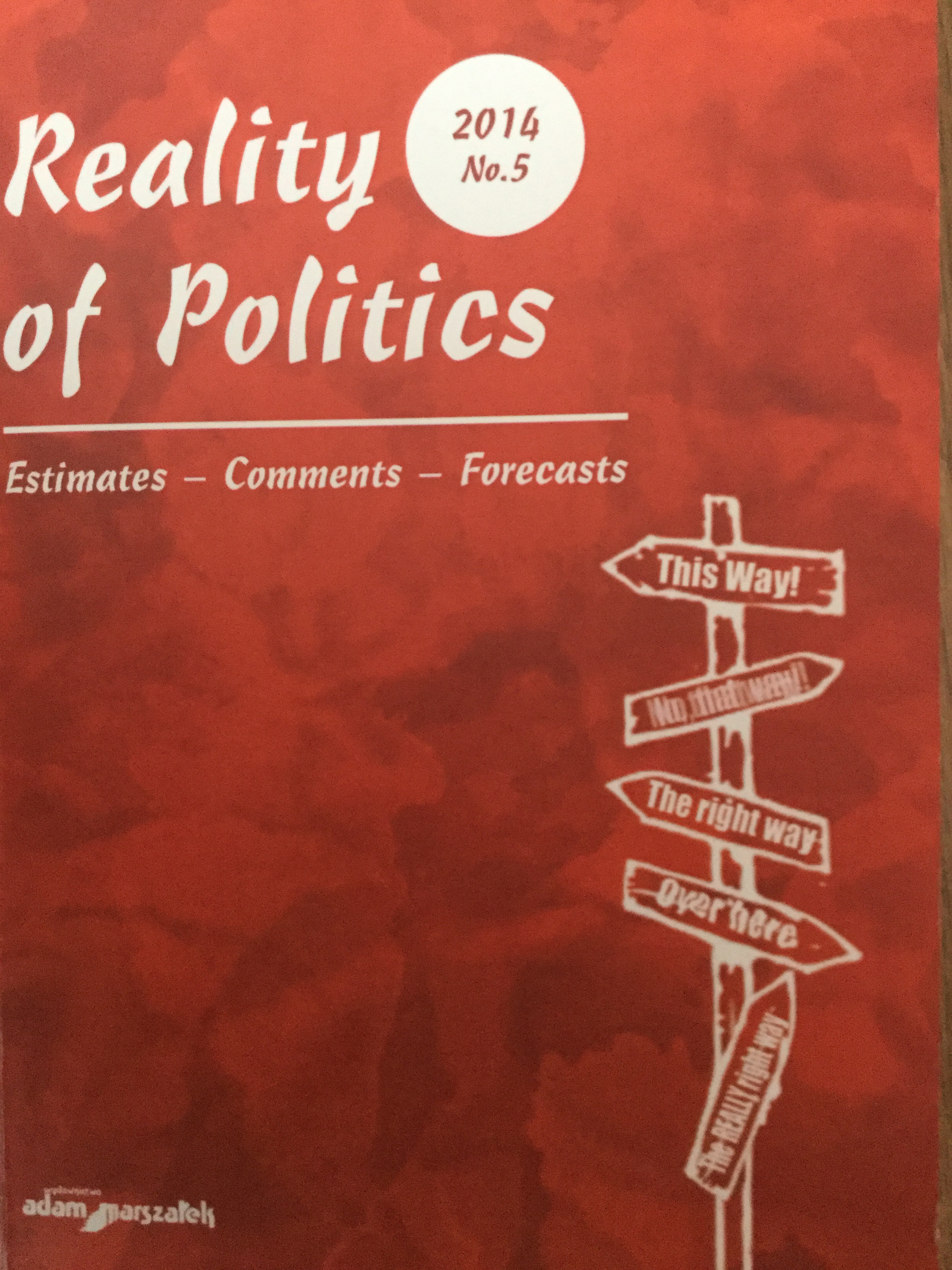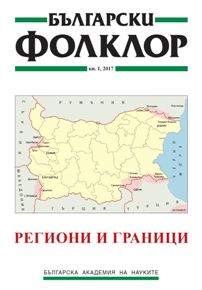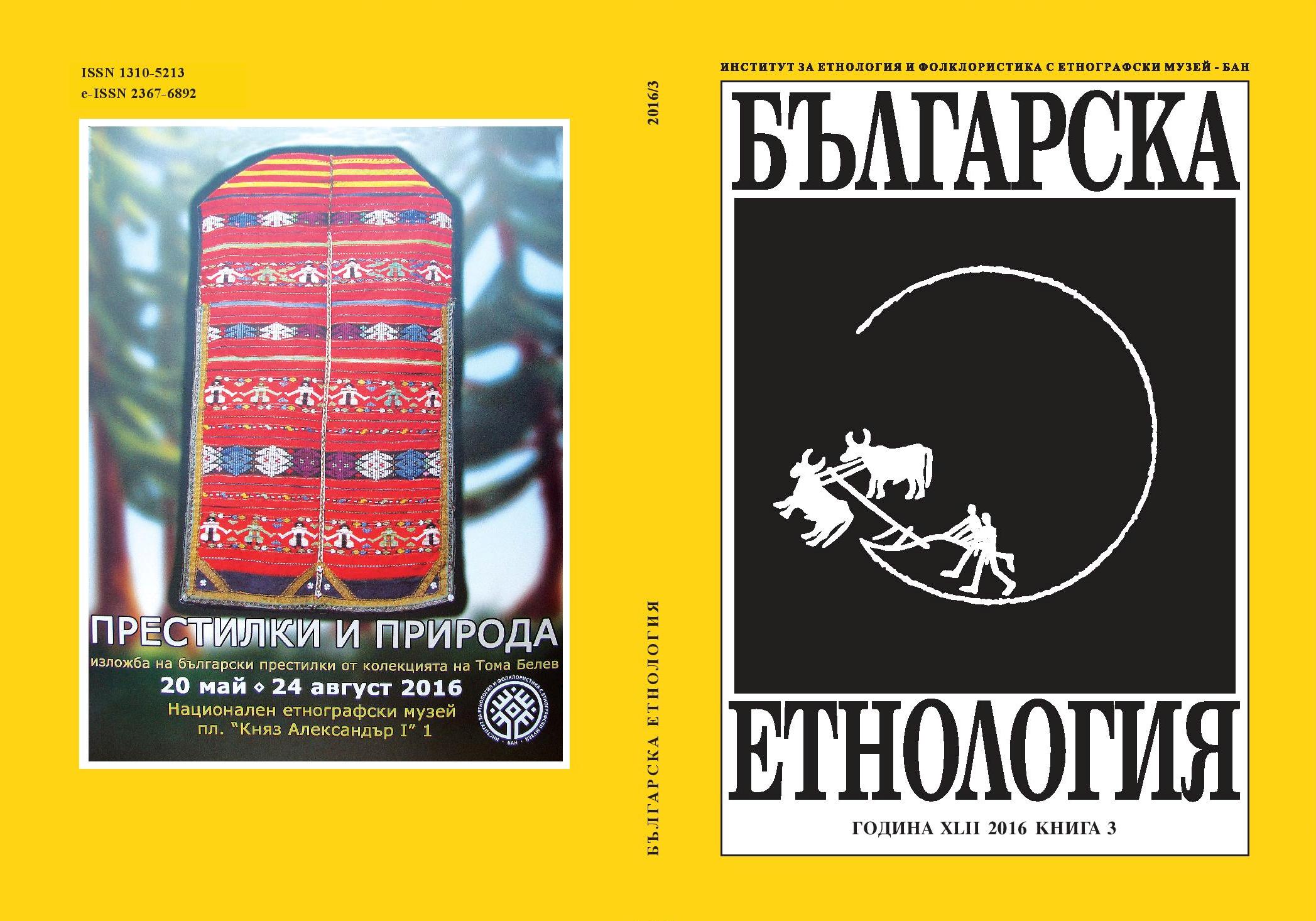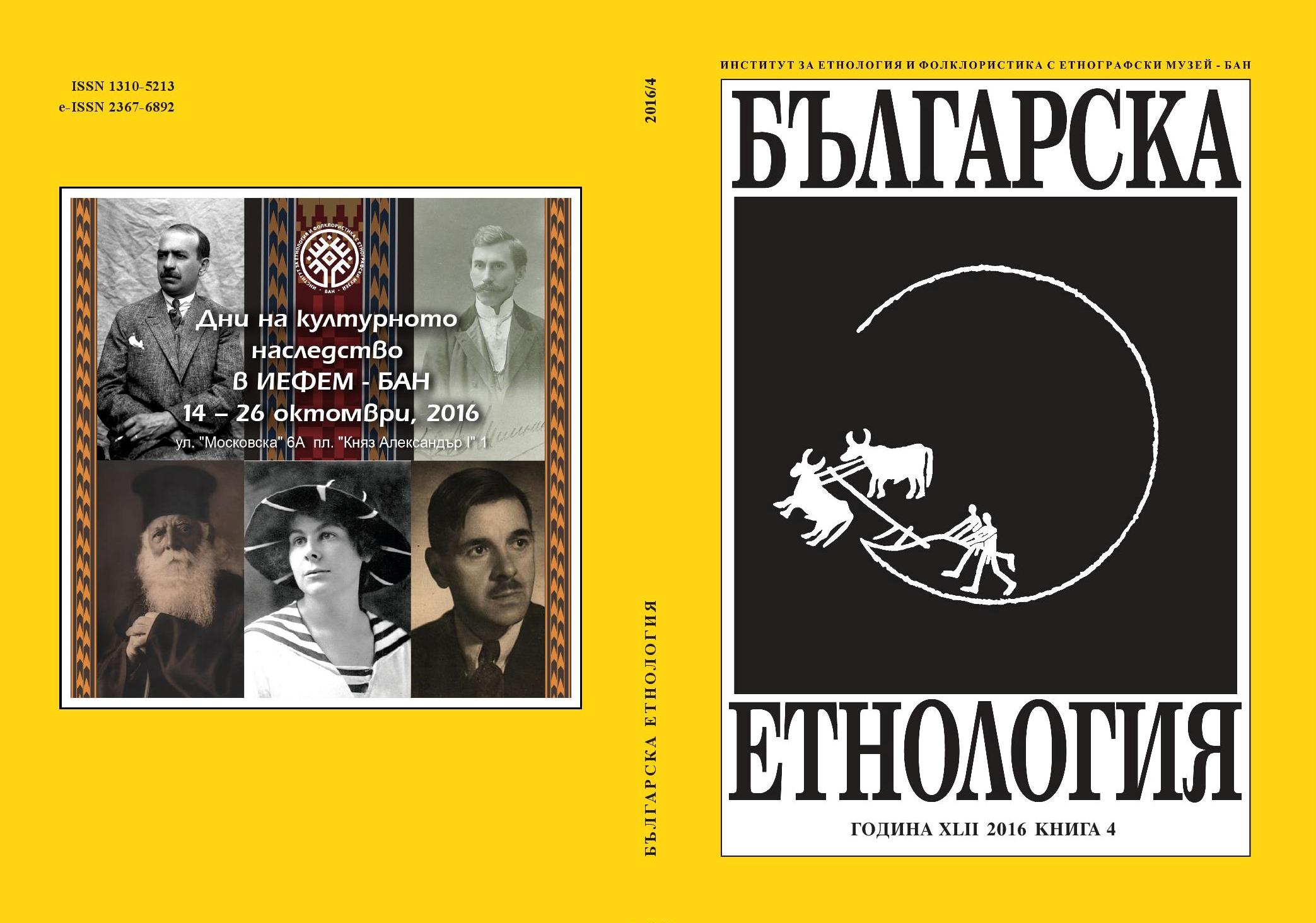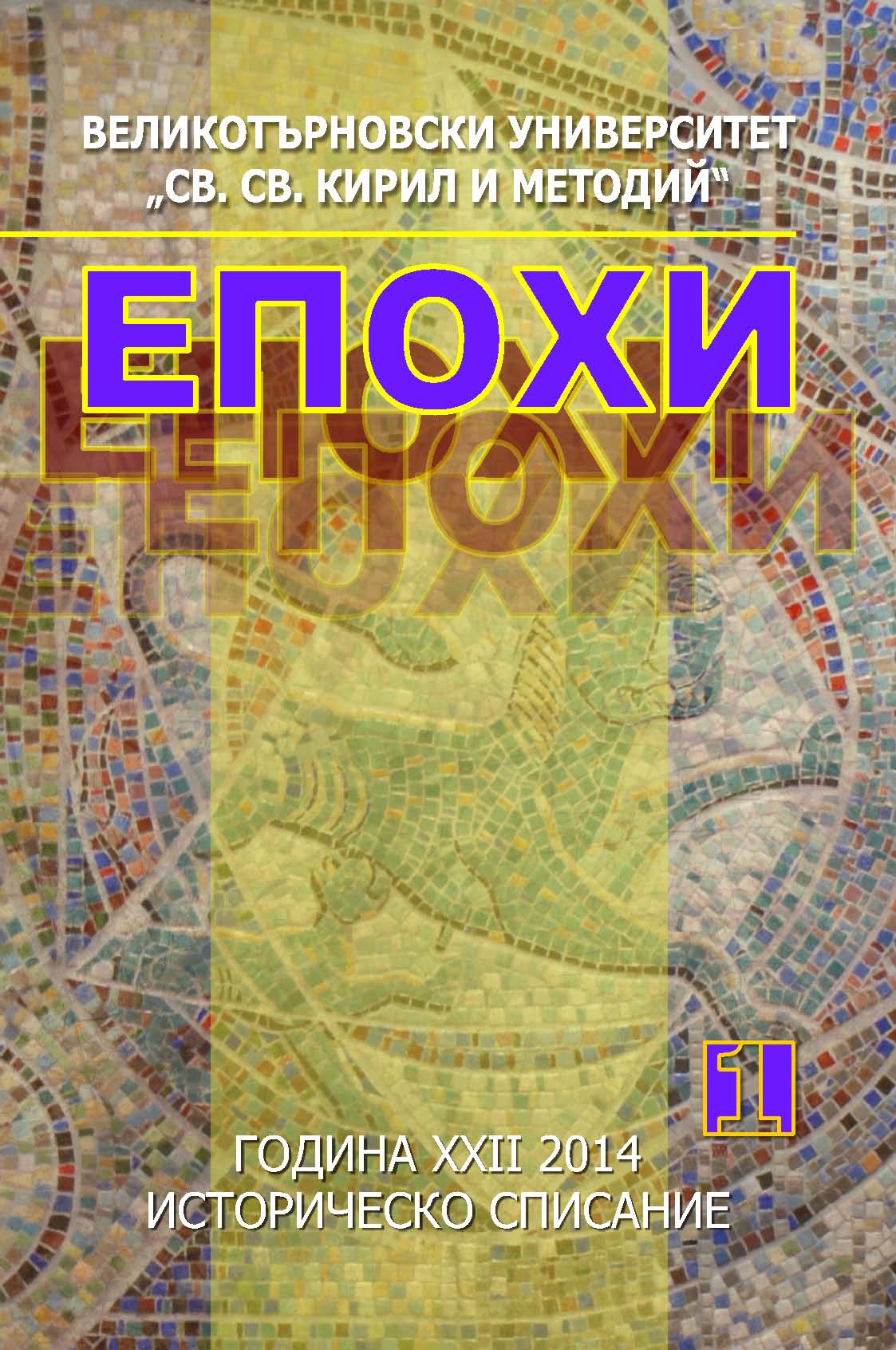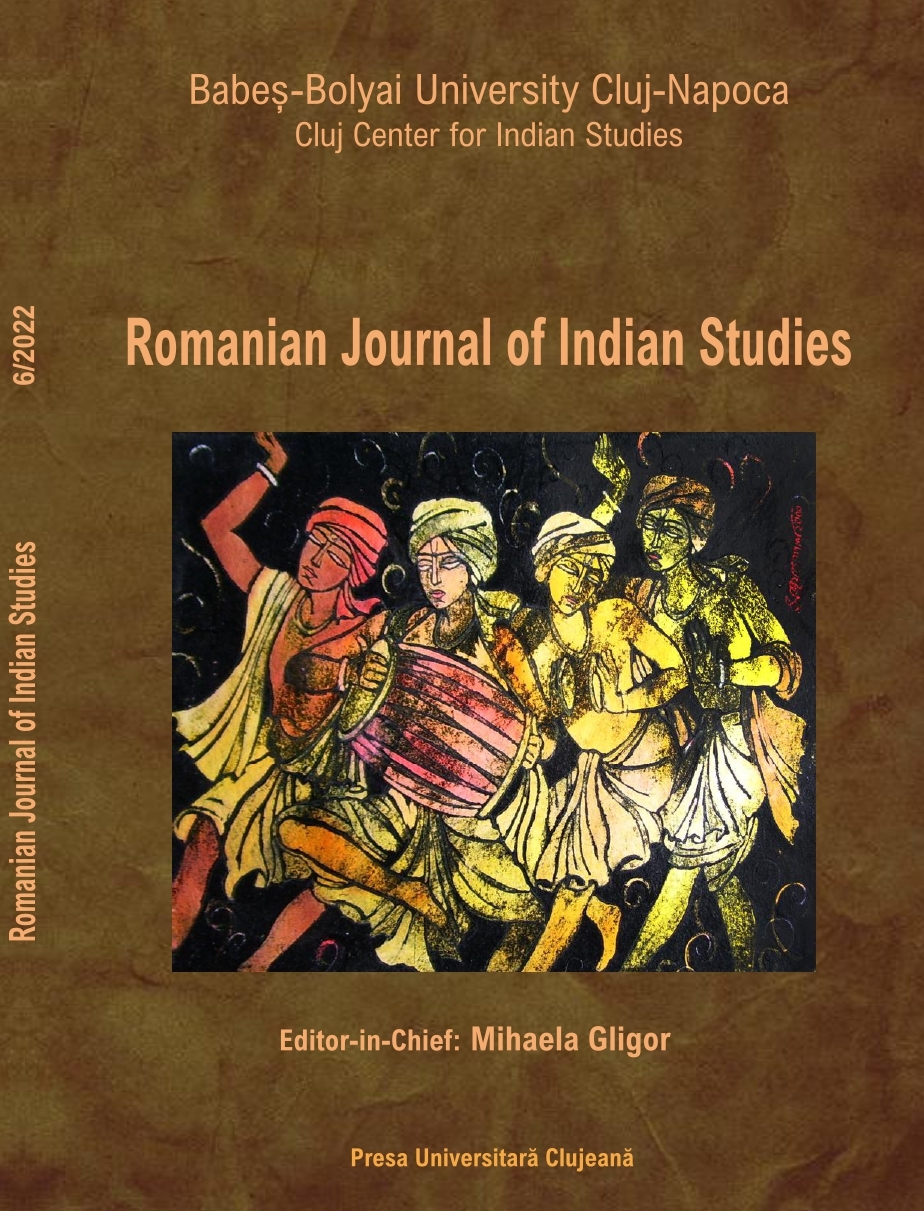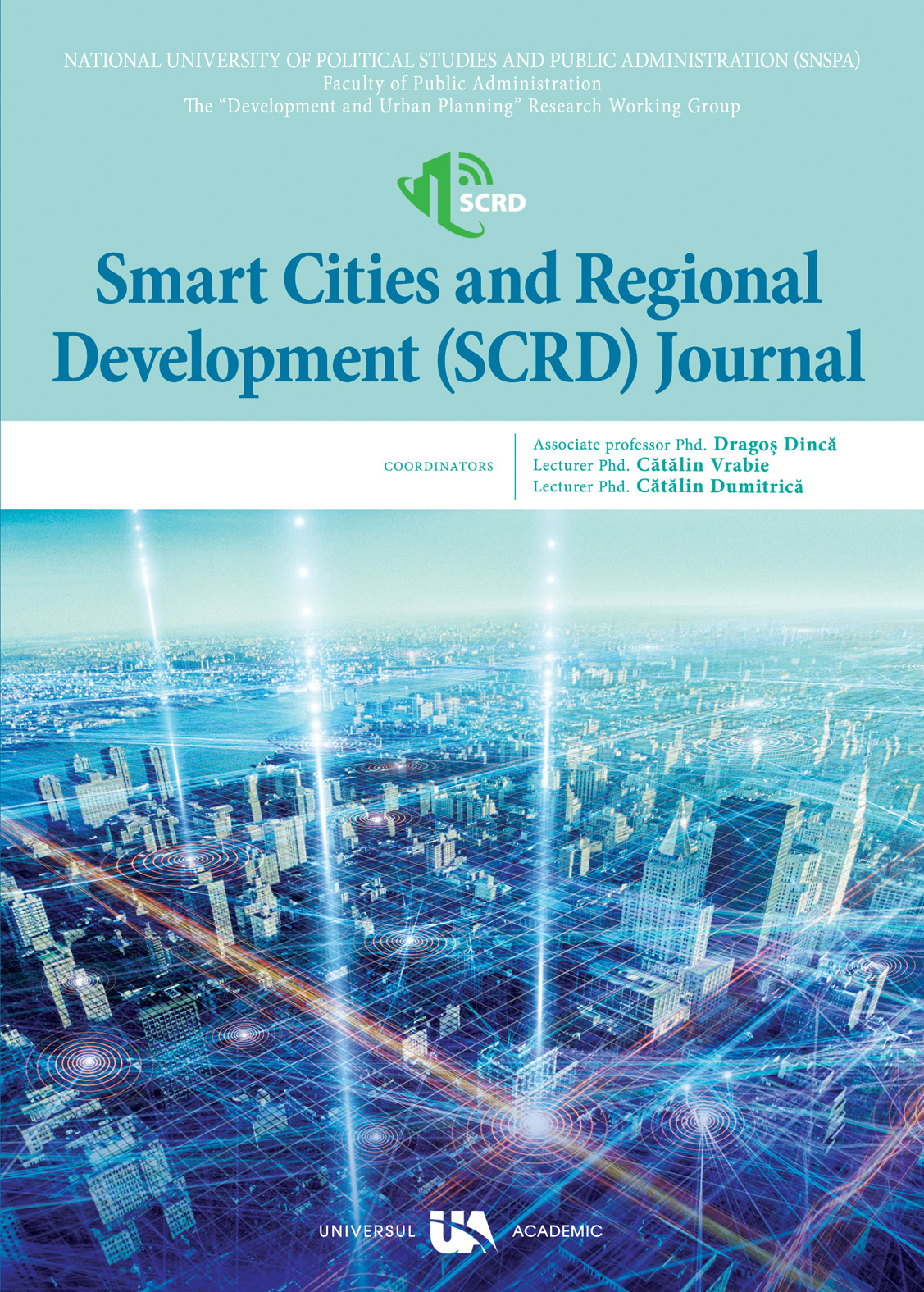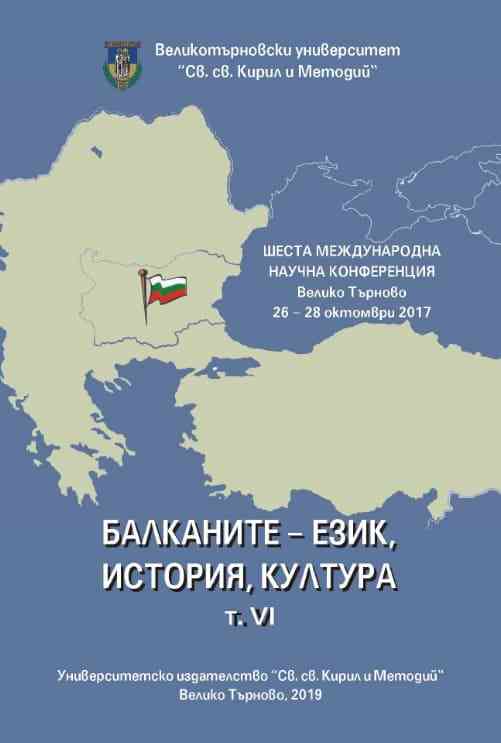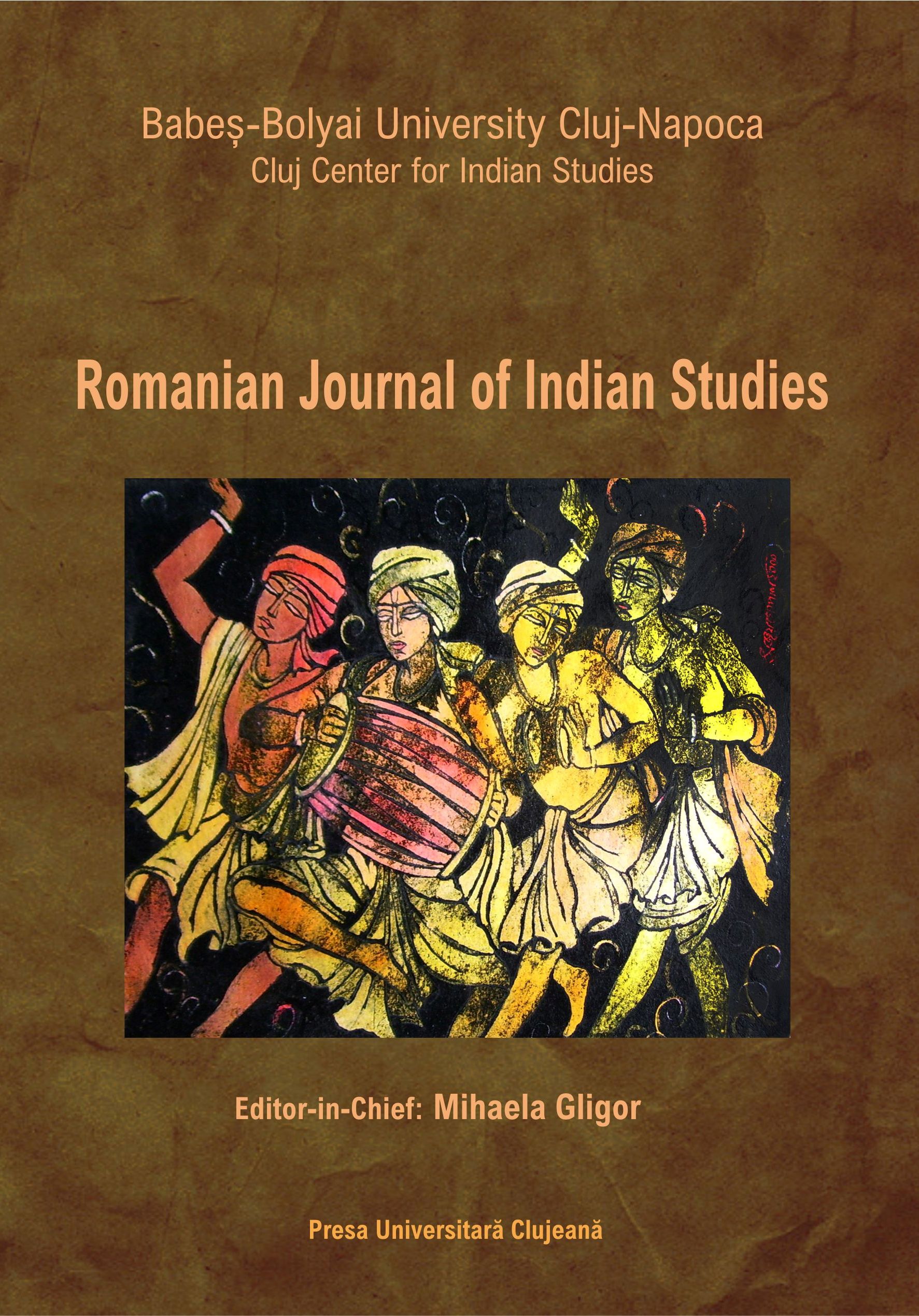Author(s): Neda Kolić / Language(s): English
Issue: 03 (30)/2016
The pioneer of abstraction, Wassily Kandinsky (Васи́лий Васи́льевичКанди́нский, 1866–1944), used musical terms as titles for his paintingswith intention to release them from the themes, considering that musicis “the art which has devoted itself not to the reproduction of naturalphenomena, but rather to the expression of the artist’s soul, in musicalsound”. Through his paintings Kandinsky rethought the principles ofmusic. Not a painting, but an another artistic creation, through whichwe are given a chance to cognize Kandinsky’s comprehension of music,is The Yellow Sound (Der gelbe Klang, 1912), a “composition” for stage.It is the paradigm of Kandinsky’s “true stage-composition”, his totallynew view of theatre that consists of three elements – musical movement,pictorial movement, and physical movement, but interwoventogether in harmony that will trigger inner harmony in a spectator.Music for his scenario was provided by the composer Thomas vonHartmann (Фома́ Алекса́ндрович Га́ртман, 1886–1956), and anothermusical version was written by Alfred Schnittke (Альфре́д Га́рриевичШни́тке, 1934–1998 / Der gelbe Klang, 1974). In Concerning the Spiritualin Art Kandinsky presented his theory of colour through which he explainedhis own (synesthetic) view of yellow colour / sound, particularlyin comparison with blue colour, that was “musicalized” through TheYellow Sound. What kind of yellow and blue tone Kandinsky had inmind, and what nuances of these colours did von Hartmann / Schnittkesee / hear? What musical instrument(s) can produce yellow, i.e. bluecolour? Which music scale / tone / interval has yellow / blue tone(s)?Are we able to perceive all the shades of yellow / blue sound?
More...
